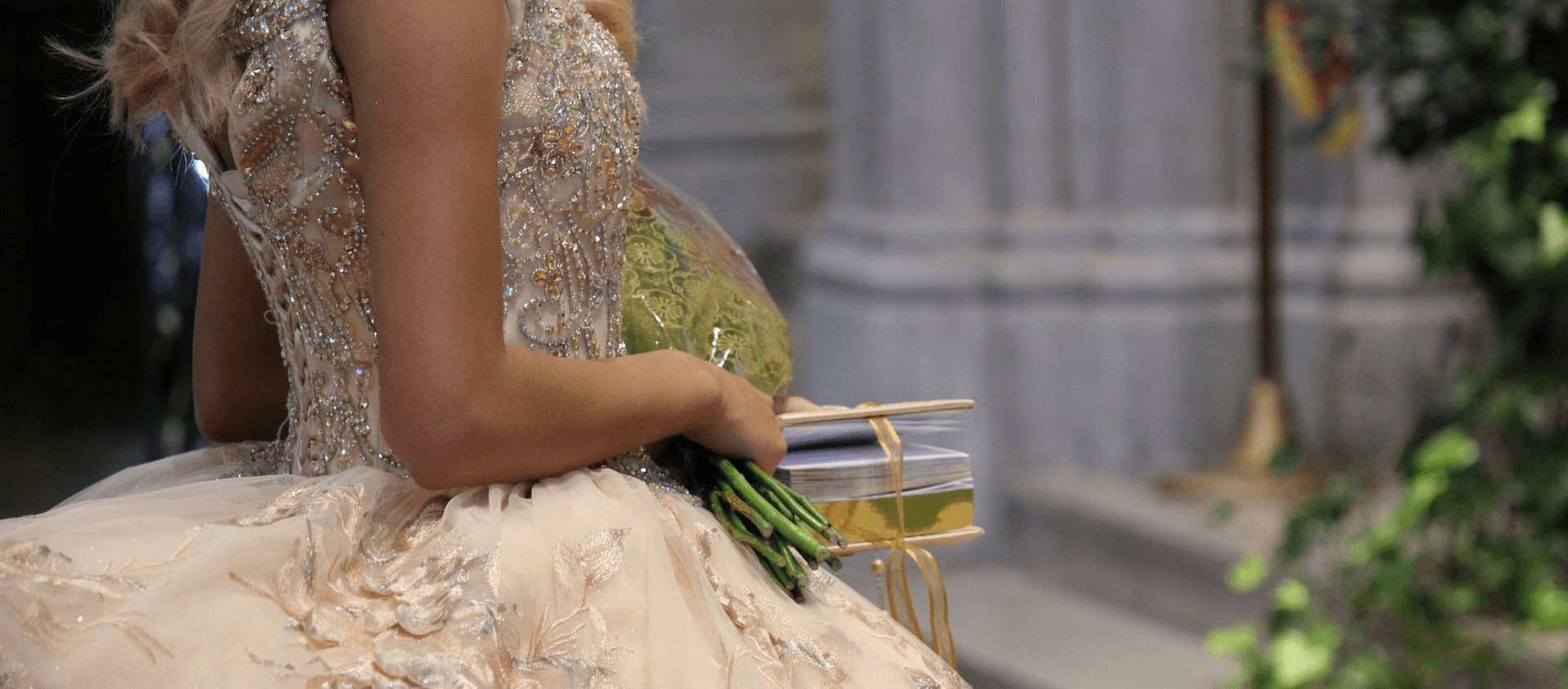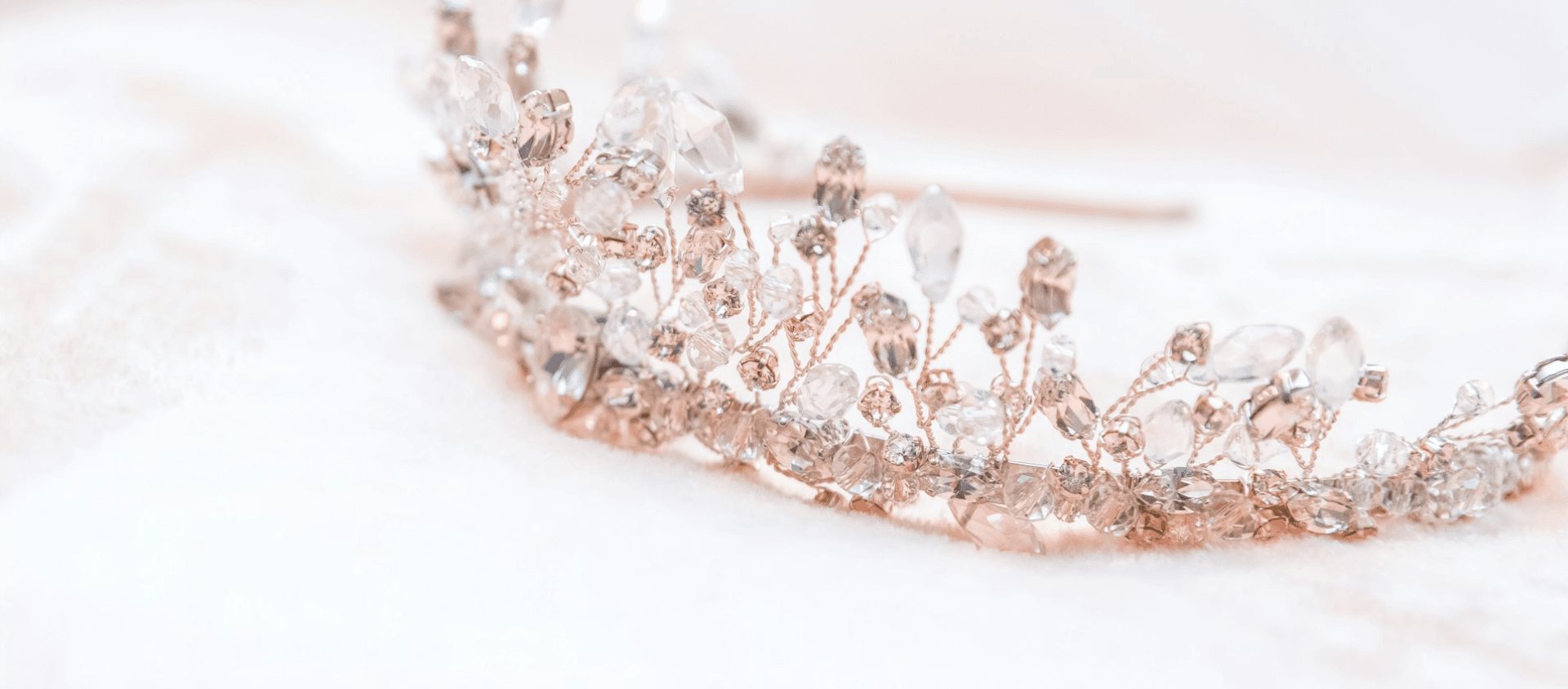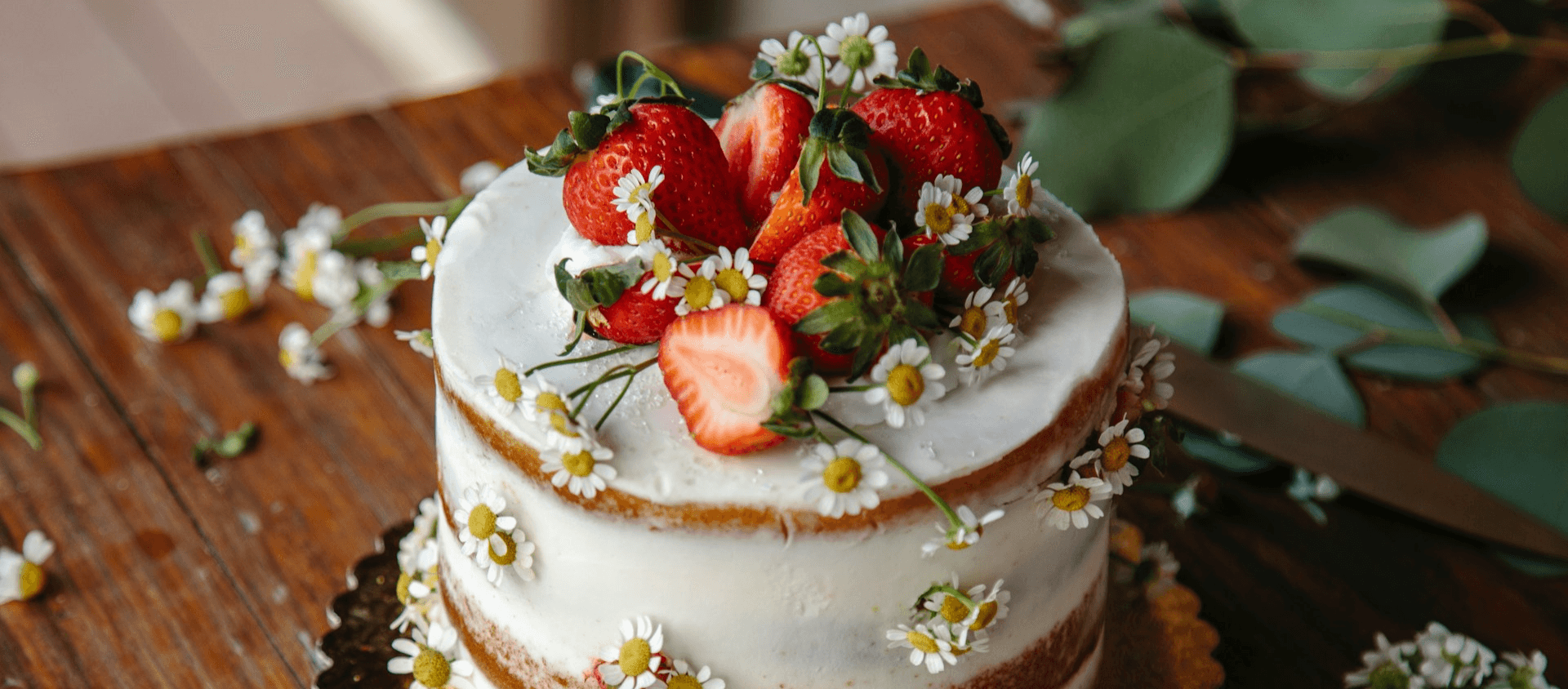One of the most popular birthday traditions among Latin American cultures is the quinceañera celebration. A quinceañera, also known as quince años or fiesta de quinceañera, is a traditional celebration on someone’s 15th birthday. It has typically been celebrated among girls, although boys are starting to embrace the tradition. A quinceañera is similar to a sweet sixteen, as the milestone marks a transition from childhood to adulthood.
The origins of the quinceañera celebration can be traced back to the Aztec and Mayan cultures, where young women were honored and celebrated as they were coming of age. In the Catholic church, the celebration became associated with the Virgin Mary, who is often referred to as “La Quinceañera.”
What is a Quinceañera Tradition?
A quinceañera, also known as a quince años or fiesta de quinceañera, is a traditional celebration of a girl’s 15th birthday. This milestone marks her transition from childhood to adulthood. The celebration originated in Latin American cultures, drawing on Aztec and Mayan traditions where young women were honored upon coming of age. The tradition later became associated with the Catholic Church, where the celebration is linked to the Virgin Mary, often called “La Quinceañera.” The traditions and customs of a quinceañera celebration can vary depending on the family’s cultural and religious background.
What Does a Quinceañera Represent?
At its core, a quinceañera represents a young woman’s journey from childhood into adulthood. It is a deeply symbolic event that celebrates maturity, gratitude, and the importance of family, friends, and faith. The transition is marked by several symbolic rituals, from the formal presentation of the young woman to her community to the changing of her shoes from flats to heels. It is a moment for the quinceañera to give thanks for her life and to receive blessings and support from her loved ones as she steps into this new chapter.
Why are Quinceañeras Celebrated?
Quinceañeras are celebrated to publicly honor and recognize a young woman's coming of age. It is a time for her family and community to show their support and love as she takes on new responsibilities and begins her journey as a young adult. The celebration is not just a party; it is a meaningful rite of passage that brings together generations to celebrate a significant milestone. It reinforces family bonds and cultural heritage and provides a special opportunity for the birthday girl to feel cherished and celebrated.
How Long Do Quinceañeras Last?
The duration of a quinceañera celebration can vary. While the main event typically lasts for an entire evening, from late afternoon until late at night, the planning process and related ceremonies can extend over a longer period. The formal Mass or religious service often takes place in the afternoon, followed by a reception that can continue for several hours with dinner, dancing, and various traditions.
Top Quinceañera Traditions
Some traditions of a quinceñera include:
- Mass or Religious Ceremony
- The Quinceañera Traditional Court
- Father-Daughter Dance
- Quinceanera Toast
- The Quinceañera Waltz
- The Last Doll
Mass or Religious Ceremony
Quinceañeras originated in Mexico and other Latin American countries where the majority of the population is Catholic. In turn, a mass or religious ceremony is embraced when celebrating a quinceaños. A quince marks a girl’s transition from childhood to womanhood and is considered a significant milestone in her life.
Quinceañera Mass is a way for the birthday girl to reflect on her life so far, give thanks for her life, and seek blessings for her future.
During the Mass, the Quinceañera typically receives a special blessing from the priest, and may also participate in other religious rituals, such as lighting candles or offering flowers to the Virgin Mary. The Mass is often followed by a reception or party, where the young woman and her guests celebrate with food, music, and dancing.
The Quinceañera Traditional Court

A quince will always feature a traditional court, also known as the court of honor, which consists of the quinceañera’s closest friends and family. The size of the court varies and can be anywhere from four to twelve members. The court of honor will also include the quinceañera’s escort or “chambelán de honor,” who is typically a male friend or family member, chosen for his importance and significance in her life.
During the Quinceañera celebration, the chambelán de honor plays a special role in escorting the Quinceañera to her designated spots, such as the:
- Dance floor
- Altar during the Mass
- Head table during the reception
He may also dance with the Quinceañera during the traditional waltz, which is a symbolic representation of the transition from girlhood to womanhood.
The chambelán de honor is an important member of the Quinceañera's court of honor and is expected to be attentive, respectful, and supportive throughout the celebration. He may also be responsible for organizing and coordinating various aspects of the Quinceañera, such as the choreographed dances, speeches, or other special performances.
Father-Daughter Dance

The father-daughter dance is typically a very emotional and memorable moment for both the Quinceañera and her father. It highlights the importance of the father-daughter relationship and is a touching moment that is remembered for years to come. The song used for the dance is chosen by both participants and is typically a song that talks about coming of age or transitioning into womanhood.
The father-daughter dance is symbolic of the bond between the Quinceañera and her father. It represents a father's love and protection for his daughter, as well as the Quinceañera's gratitude for all that her father has done for her.
Quinceañera Toast

A Quinceañera toast is a special moment during the celebration when family members or friends offer heartfelt words of advice, encouragement, and congratulations to the birthday girl.
The Quinceañera toast is a meaningful tradition that emphasizes the importance of family, friends, and community in the Quinceañera's life. It is a time to reflect on the past, celebrate the present, and look forward to the future with hope and joy.
The Quinceañera Waltz
Also known as the vals de honor, the quinceañera waltz is a choreographed dance in which the Quinceañera dances with her father, chamberlain de honor, and court of honor. This is not to be confused with the father-daughter dance.
Weeks before the celebration, the birthday girl and her court of honor get together to rehearse a choreographed dance for the waltz. The dance may be simple or elaborate, depending on the Quinceañera's preference and skill level. The waltz starts off with the quinceañera dancing with the chambelán de honor; after the quinceañera finishes her waltz, her court of honor joins her for additional dances including a baile sorpresa, also known as a surprise dance.
The dance is usually choreographed to a specific theme, is meant to surprise and entertain guests, and will typically reflect the Quinceañera's personality or interests. The theme could be anything from a traditional folk dance to a modern pop culture reference and is meant to add an extra element of excitement to the celebration.
The Last Doll

The Last Doll is usually presented to the Quinceañera by her parents, representing the end of her childhood and the beginning of her new life as a young woman. It serves as a reminder of the Quinceañera's past, but also a celebration of her future.
The doll is often personalized to reflect the Quinceañera's personality and interests. It may be dressed in a special outfit or adorned, with accessories that reflect the Quinceañera's style. In some cases, the doll is kept as a family heirloom and passed down to future generations. It’s a unique way to remember the Quinceañera's special day and the milestone that she celebrated.
These are just some of the many traditions that may be included in a Quinceañera celebration. Each celebration may vary depending on the family's cultural and religious traditions.
The Grand Entrance

The celebration itself is a day full of symbolic moments. The festivities often begin with the Quinceañera's grand entrance into the reception hall. This moment is much more than just walking into a room; it’s a ceremonial walk that marks her formal debut into society.
Often, she is escorted by her father or her chambelán de honor, and the music chosen for the entrance is a special song that holds meaning for her and her family. The grand entrance sets the tone for the entire event and is a moment of great pride for the young woman and her family.
The Changing of the Shoes

Another beautiful and very popular tradition is the Changing of the Shoes. Before this moment, the Quinceañera wears flat shoes, symbolizing her youth and her journey so far. During a special part of the ceremony, her father ceremoniously changes her flat shoes to a pair of high heels.
This act is a powerful visual metaphor for her transition from a girl to a young woman. It’s a moment that is both emotional and symbolic, representing her father's blessing and recognition of her new status.
Gifts and Symbolism

Gifts in a Quinceañera are not just for fun; they are often symbolic and carry deep meaning. The first gift is usually a tiara, placed on her head by her parents or godparents. The tiara symbolizes her being a "princess" in her family's eyes and her new "coronation" as a young woman.
It represents dignity and responsibility. Next, she is often given a scepter, symbolizing authority and the power she now holds as a woman. A beautiful ring or a bracelet is also a common gift, representing the endless circle of her new life.
One of the most cherished and religiously significant gifts is the Bible or prayer book. This is usually presented to her by her godparents and symbolizes the importance of her faith in her life. Sometimes, a rosary is also given, which is an extra touch that can reflect Catholic upbringing and belief. These gifts are not just pretty trinkets; they are keepsakes meant to guide her and remind her of her values and faith as she steps into adulthood.
Food and Music

No celebration is complete without food and music, and a Quinceañera is no exception. The culinary part of the event is a feast, celebrating the family's heritage with traditional dishes from their culture. The cake is also a central part of the celebration, often large and elaborately decorated to match the theme of the party.
The music is equally important. It’s a blend of traditional and modern. The music ensures that guests of all ages, from grandparents to the Quinceañera’s friends, can enjoy and dance the night away, making the party a true family affair.
¡Salud!
As you can see, planning a quinceañera can be a significant undertaking with many details to plan. This tradition is deeply meaningful for many families. It’s a time to honor and celebrate the young woman and her transition to adulthood.
Here at Celebration.com, we understand the importance of traditions and aspire to make the planning process as seamless as possible. Celebration.com is a comprehensive online platform that provides a one-stop shop for planning and organizing events. It offers a wide range of features and services that can help simplify the planning process and make it more efficient.
Consider giving us a try when planning your next quinceañera or other celebration.

